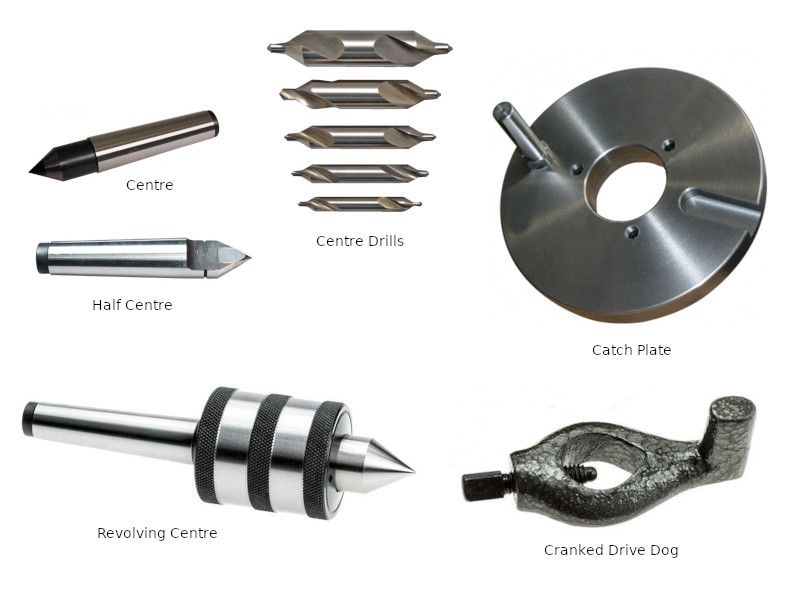Stevie, again slow down!
A man at your stage of learning is likely to make mistakes (everybody does).
First, finding a few 1/2" HSS tools in the collection of stuff that came with a second-hand lathe isn't a good reason to modify a lathe. In my earlier list of Myford disadvantages, I didn't mention failure to take 1/2" tools because Myfords aren't meant to – they work perfectly well with the tool-post they come with. And, even though my bigger lathe than Super 7 will take that size, I mostly use the next size down (10mm), or smaller. It's because small tools are more convenient for fine work.
Secondly, death of friends and relatives is not a valid reason for rushing to install a QCTP. And if you've only got two years to live, modifying an oversized QCTP to fit will waste a considerable chunk of your valuable time. And it's time stolen from other important learning. How useful a QCTP is depends on the type of work done, and I submit they are of zero value to learners. Admittedly I'm a slow worker, but 10 years since I bought my first lathe, I've not done anything where a QCTP would have made an important difference. Although they're convenient and speed-up tool swapping considerably, they're not that much slower than a 4-way with carbide inserts where each tool is kept with a ready to go set of shims. In the absence of a practical reason for fitting one, a QCTP is just bling, like making a tail-stock turret and never finding a use for it.
Thirdly, modifying a lathe before it's normal condition is understood is a bad idea because if trouble is encountered later, it can be very difficult to decide if the bother is caused by a fault in the lathe, or is due to the modifications, or because the operator hasn't learned the ropes yet. If in a couple of months, this lathe struggles to get a decent finish, it will be harder for forum friends to pin down the root cause because the lathe and QCTP have been modified prematurely.
My advice, start with the bog-standard tool-post and buy some HSS to fit it. Get some known steel, brass and aluminium and practice turning rod in a variety of diameters from tiny to big. When you can reliably get a good finish on all of them and turn and bore to within 0.02mm, then move on to long workpieces and screw-cutting, perhaps as part of a project. I'd guess Stevie has about 6 months basic training to do. There's a lot to machining well, for example beginners often have a short struggle learning the importance of setting tool height correctly. Not rocket science or difficult, but height setting must be done right. Many other small details to be absorbed before consistently good results will be got from any machine. If it wasn't like that we'd soon get bored in our workshops!
The exception to what I'm suggesting is when the hobby is about working on machines rather than with them. This is perfectly respectable, for instance I admire the chaps who beautifully restore vintage cars with no intention of commuting round the M25 in them. I know a chap who keeps a fancy motorbike in an immaculate double garage workshop with a tidy bench, tools neatly organised on the walls, bright lights, a hydraulic lift, and a big Snap-On tool cabinet packed with expensive spanners. While he enjoys tinkering with his bike, anything major is done by the dealer. Good for self-esteem to knows he can do all his own maintenance, but he prefers paying someone else to do the hard work. I would look down on his disgraceful laziness, except it's not far from what I do with my car and certain domestic appliances…
The important thing is to enjoy what you do!
Dave
Edited By SillyOldDuffer on 19/01/2020 11:21:11
 Steviegtr.
Steviegtr.











